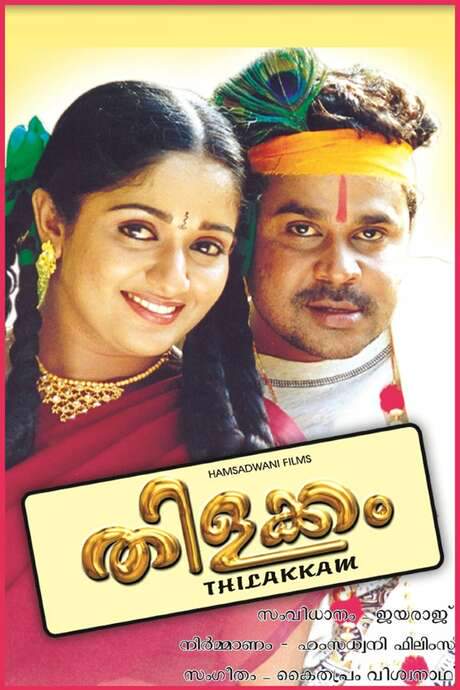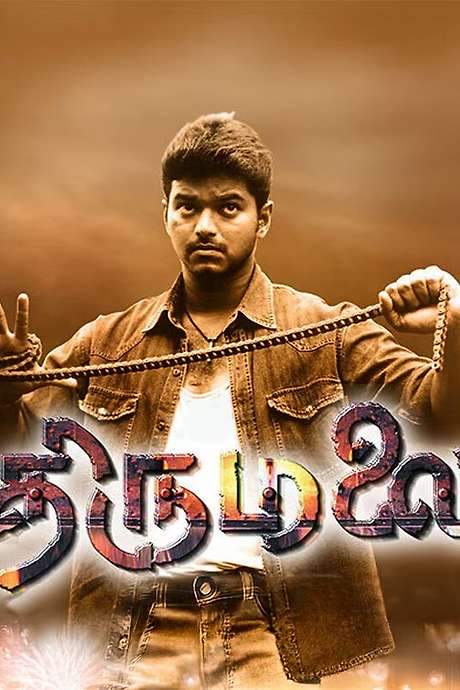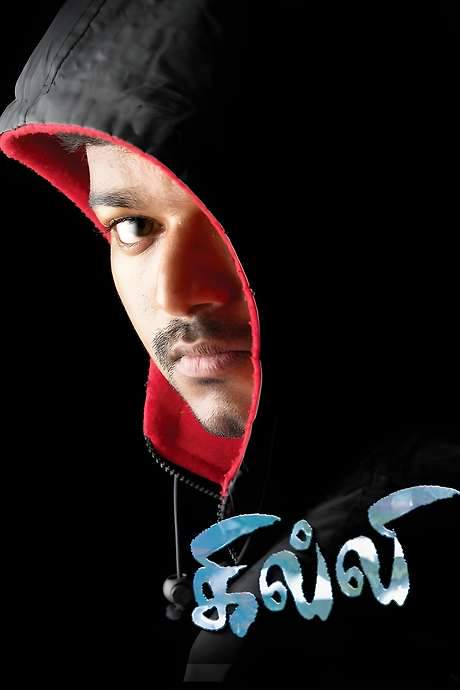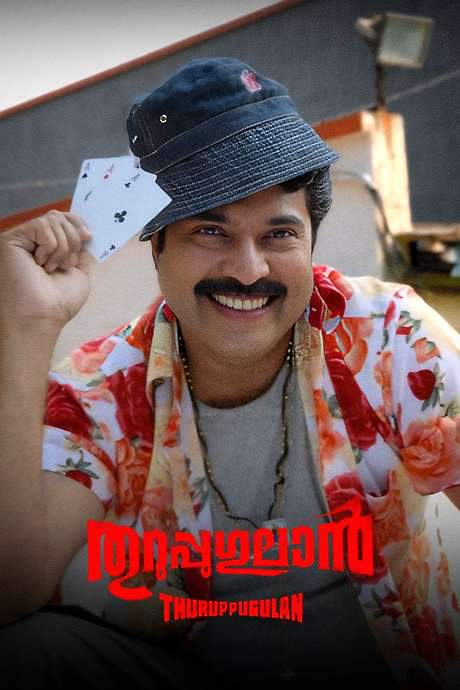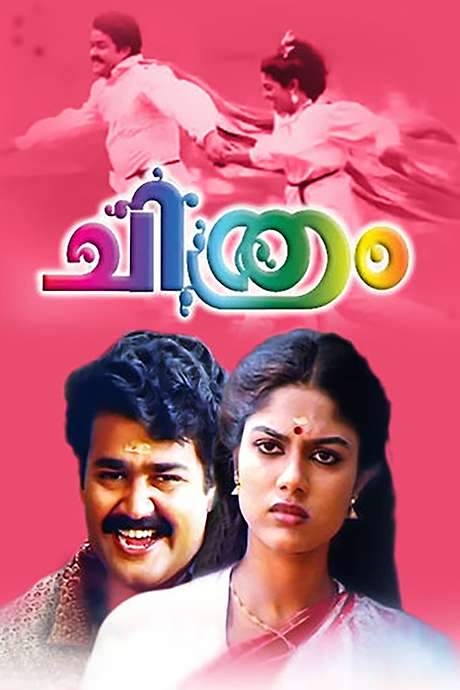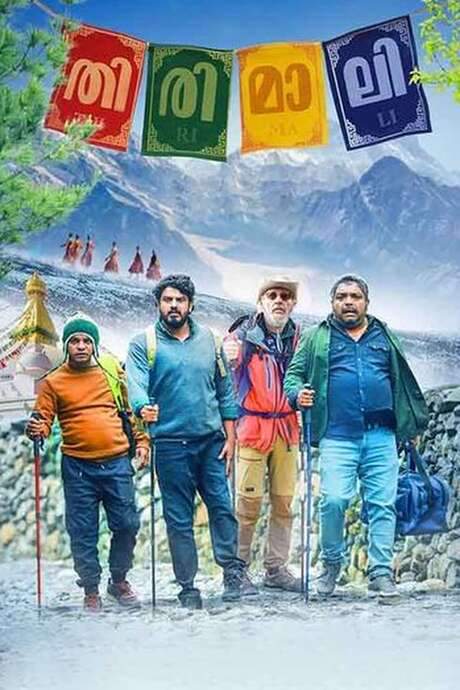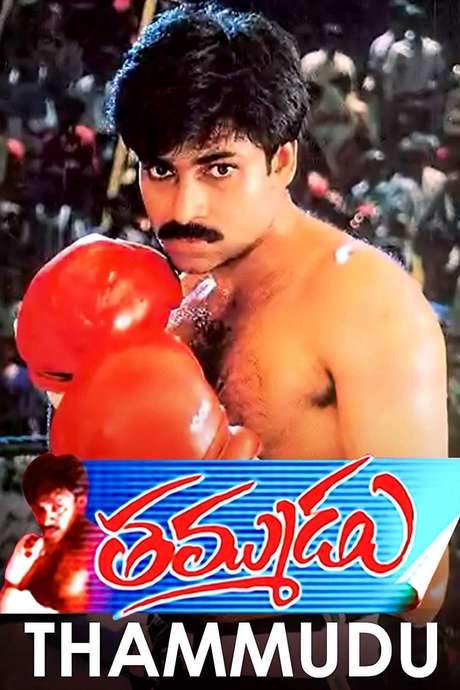
Thillu Mullu
Year: 1981
Runtime: 145 mins
Language: Tamil
Director: K. Balachander
Chandran tells his boss his mother is ill to get a day off, but the lie is discovered. To keep his job, he concocts a story that he has a lazy, good‑for‑nothing twin brother and must impersonate this fictional sibling, leading to a series of comic misunderstandings as he tries to convince his employer of the twin’s existence.
Warning: spoilers below!
Haven’t seen Thillu Mullu yet? This summary contains major spoilers. Bookmark the page, watch the movie, and come back for the full breakdown. If you're ready, scroll on and relive the story!
Thillu Mullu (1981) – Full Plot Summary & Ending Explained
Read the complete plot breakdown of Thillu Mullu (1981), including all key story events, major twists, and the ending explained in detail. Discover what really happened—and what it all means.
Kamal Haasan makes a brief, playful cameo as Chandran’s world briefly crosses cinema, while Prathap Pothan appears in a similar cameo wink, and Lakshmi adds a guest touch to the unfolding events. Aiyampettai Arivudainambi Kaliyaperumal Chandran is a recent graduate, eager to start his professional life, but he and his sister Uma have little support beyond a devoted family doctor and friend. The doctor nudges him toward an interview at the import-export firm run by a strict, traditional man who goes by Sriramachandramurthy—the kind of employer who values appearances almost as much as productivity. Chandran steps into this world with a careful, newly crafted persona: he wears a Nehru jacket, speaks his full name with confident clarity, and places a premium on a well-kept moustache. He blends respect for elders, a sober posture, and a disinterest in sports or drama, all of which align with what Sriramachandramurthy expects from a man who wants to contribute to the home and country.
From the start, Chandran’s success hinges on presenting himself as the ideal, dutiful employee. The boss looks for signs of character in a country that often equates manliness with moustaches, and Chandran’s meticulous, rule-based conduct meets that approval. The hire signals the first win in a life that will demand more than a steady resume—it will require a carefully managed performance at multiple levels. The narrative gently taunts the audience with the tension between genuine effort and the pressure to conform to a singular, patriarchal standard of virtue.
When Chandran takes a rare day off to catch a football match, he pretends his mother has fallen ill—a ruse meant to justify leaving work behind. The same event also catches Sriramachandramurthy’s eye in a way that complicates everything: he is at the match too, and the lie unsettles him. To dodge the firing squad of accusations, Chandran improvises a bold, cinematic alibi: he claims he saw Sriramachandramurthy’s moustache-less identical twin, Indran, at the stadium. It’s a clever plot device borrowed from a film concept shared by his friend, the ever-watchful world of cinema, and the lie buys him time. Sriramachandramurthy, moved by the story, decides to reward the deception by leveraging it—hiring a version of Chandran who can teach his daughter Sarojini her music.
Now Chandran is forced into a double life: he must function as a sincere, hardworking employee under his true name, while also appearing as Indran, the suave music teacher for Sarojini. The duplicity soon grows heavy as Sarojini and Indran fall in love, complicating Chandran’s ability to maintain the ruse without exposing the truth. A young employee named Kattabomman, who works at the house, becomes a small-time blackmailer, aware of Chandran’s secret and pressuring him for extra money. The situation spirals into a layered web of lies and stakes, where every new lie risks pulling the entire plan apart.
To address the mounting pressure of this secret, Chandran turns to a bold, theatrical strategy. With help from Nagesh—a nod to cinema’s own meta-references—he enlists Meenakshi Duraiswamy, a wealthy socialite, to pose as Chandran’s widowed mother when Sriramachandramurthy asks to meet his supposed mother. The plan is risky and audacious, but it buys Chandran time to navigate Sarojini’s affections and the boss’s suspicions. The romance between Sarojini and Indran deepens the stakes, because love becomes a powerful force that could uncover the truth or complicate it beyond repair.
The turning point comes when Chandran decides to reveal the truth to Sarojini. Her friend counsels him to tell Sriramachandramurthy as well, but his reluctance lingers—fear of losing the life he has built, fear of the repercussions of his dual identity, and fear of the social consequences that a revelation would bring. The plan to come clean is interrupted, however, when Kattabomman goes to Sriramachandramurthy with a demand for money. He reveals the mustache secret to the boss, who then interprets the entire situation as a case of Indran impersonating Chandran to win Sarojini’s hand. This misinterpretation ignites a dramatic chase across the city as Sriramachandramurthy pursues Chandran in a fatalistic frenzy, hoping to confront the imposter and restore order.
The chase has consequences. Uma is caught in the crossfire of the pursuit, and the police come into play when Sriramachandramurthy faces a civil consequence for the chaos he’s caused. A lawyer, Charuhasan, arrives to challenge the boss in court on behalf of Chandran, presenting a monologue that unsettles the room and reveals how easily fear and pride can be weaponized in a family dispute. It’s a sharp reminder that the truth wears many faces, and the people who influence it can be more powerful than the lie itself.
In a final twist, the truth begins to surface in earnest as the characters converge on the moment of reckoning. Uma remains physically unscathed, and Chandran, with a newfound resolve, faces Sriramachandramurthy not merely with apologies but with a willingness to accept accountability. The confrontation culminates in a symbolic gesture: Sriramachandramurthy shaves his moustache, a quiet concession that the old standards of authority and masculinity have caused more trouble than they’re worth. As he steps back from his own pride, a picture of Muruga transforms into that of Ganesha, and a voice—gentle and apologetic—asks for forgiveness, acknowledging that even divine figures can be part of a broader, more forgiving universe. The story closes on this note of restraint and reconciliation, suggesting that true integrity lies not in outward appearances or rigid conventions, but in the humility to admit mistakes and the courage to mend them.
Together, the tale unfolds as a comedy of manners and miscommunications that probes the costs of upholding tradition at all costs. It asks whether a man can truly be virtuous if he lives behind a mask, and whether love can endure when the fabric of trust is stretched by deception. In the end, the characters learn that identity is more resilient when layered with honesty, and that even within farcical complications, there can be space for growth, forgiveness, and a renewed sense of self.
Last Updated: November 22, 2025 at 16:00
Unlock the Full Story of Thillu Mullu
Don't stop at just watching — explore Thillu Mullu in full detail. From the complete plot summary and scene-by-scene timeline to character breakdowns, thematic analysis, and a deep dive into the ending — every page helps you truly understand what Thillu Mullu is all about. Plus, discover what's next after the movie.
Thillu Mullu Timeline
Track the full timeline of Thillu Mullu with every major event arranged chronologically. Perfect for decoding non-linear storytelling, flashbacks, or parallel narratives with a clear scene-by-scene breakdown.

Similar Movies to Thillu Mullu
Discover movies like Thillu Mullu that share similar genres, themes, and storytelling elements. Whether you’re drawn to the atmosphere, character arcs, or plot structure, these curated recommendations will help you explore more films you’ll love.
Explore More About Movie Thillu Mullu
Thillu Mullu (1981) Scene-by-Scene Movie Timeline
Thillu Mullu (1981) Movie Characters, Themes & Settings
Thillu Mullu (1981) Spoiler-Free Summary & Key Flow
Movies Like Thillu Mullu – Similar Titles You’ll Enjoy
Kakkakuyil (2001) Ending Explained & Film Insights
Thotti Gang (2002) Complete Plot Breakdown
Thilakkam (2003) Story Summary & Characters
Thirumalai (2003) Full Movie Breakdown
Ghilli (2004) Film Overview & Timeline
Thuruppugulan (2006) Spoiler-Packed Plot Recap
Chithram (1988) Detailed Story Recap
Thoongadhey Thambi Thoongadhey (1983) Ending Explained & Film Insights
Mutharamkunnu P.O. (1985) Ending Explained & Film Insights
Thirimali (2022) Full Summary & Key Details
Muthu (1995) Plot Summary & Ending Explained
Thundu (2024) Movie Recap & Themes
Thiruchitrambalam (2022) Ending Explained & Film Insights
Thammudu (1999) Full Summary & Key Details
Tholvi F.C. (2023) Full Summary & Key Details





